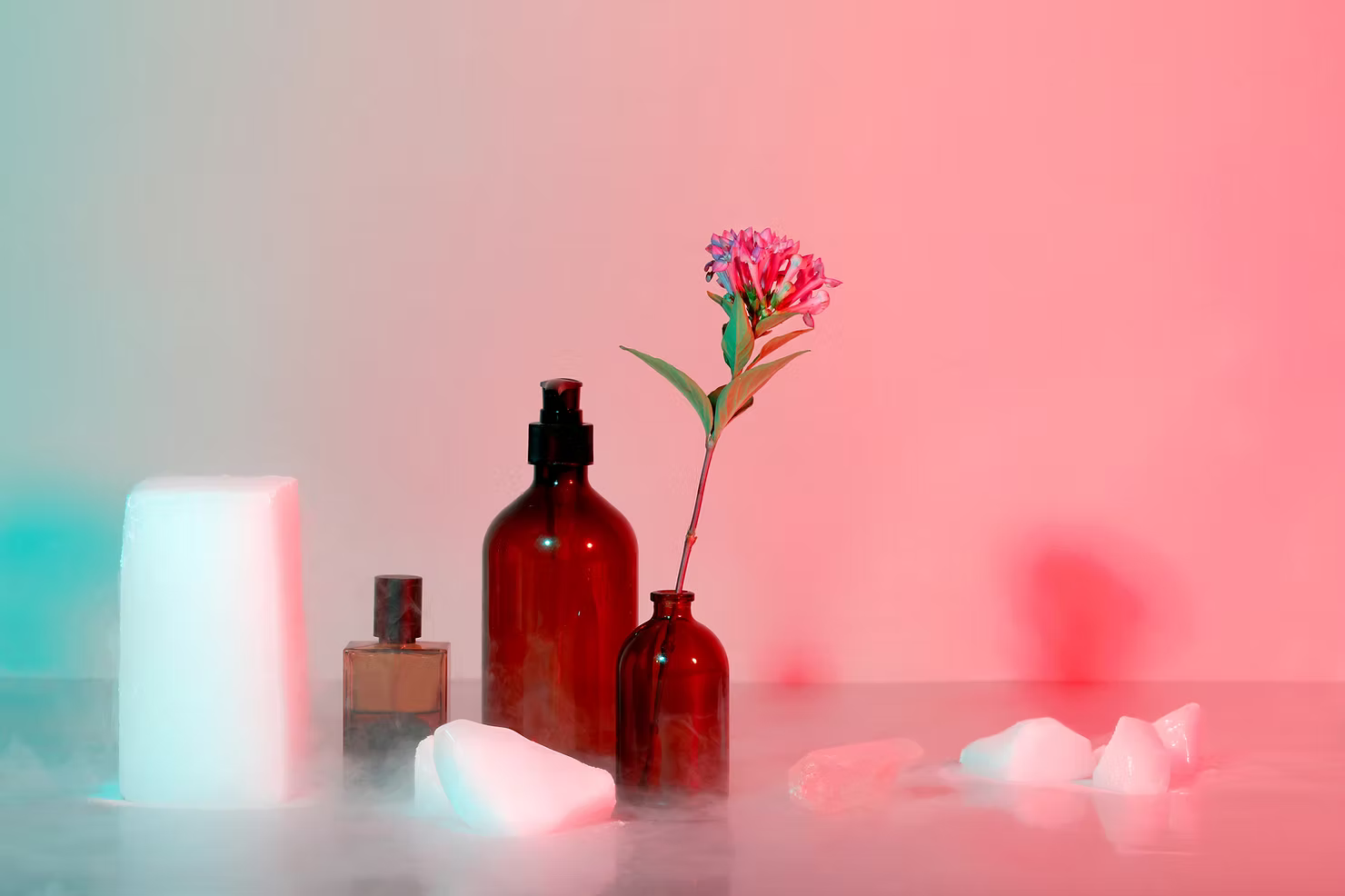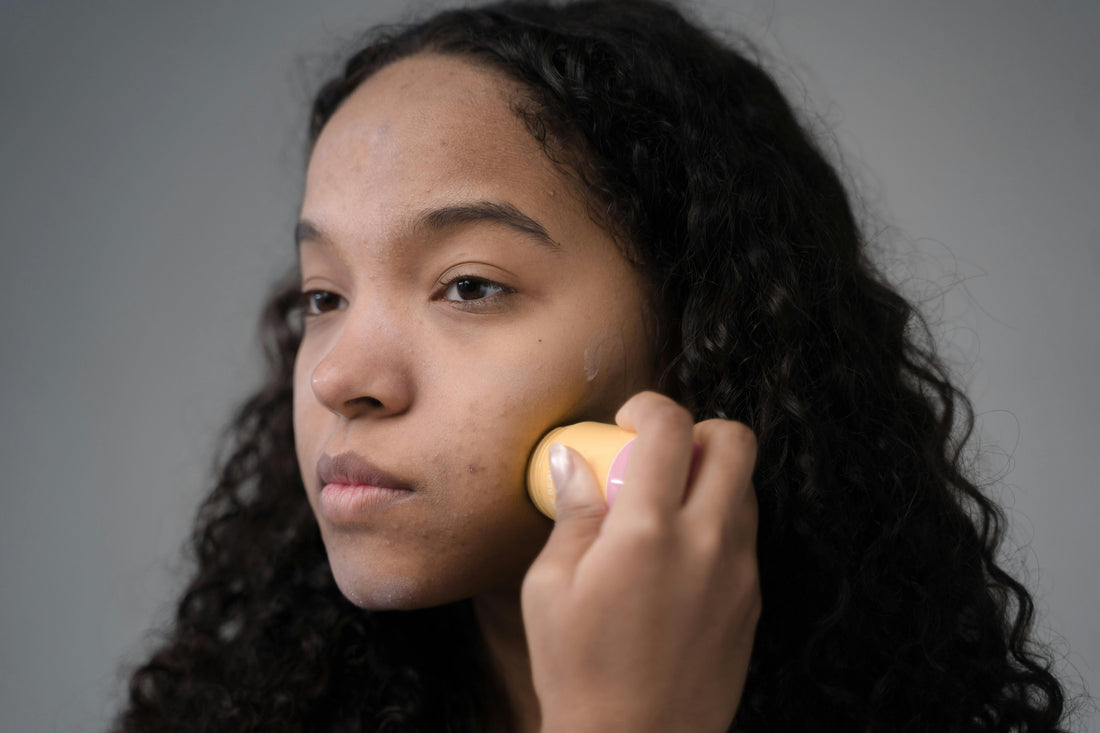by Camilla Vaiani and Vittoria Cerioli
TL;DR:
Upcycled beauty transforms waste and by-products into high-quality cosmetic ingredients, reducing waste, cutting emissions, and promoting a circular economy. Unlike recycling, upcycling adds value without degrading materials, saving energy and resources. From coffee grounds to fruit peels, upcycled ingredients are reshaping the beauty market, expected to grow from $260M in 2021 to $512M by 2032.
What Are Upcycled Ingredients and Why Do They Matter in Beauty?
Beauty has always been a blend of innovation and tradition, but today a new ingredient has been added: sustainability. Upcycled ingredients in cosmetics are revolutionizing the industry, showing that beauty can go hand in hand with environmental respect, in a circular economy perspective.
The term “upcycled” refers to all those ingredients that are given “new life.”
Upcycled ingredients are materials once considered waste – like fruit peels, coffee grounds, or olive oil residues – repurposed into new, effective cosmetic actives. They reduce global waste, encourage innovation, and align beauty with sustainability (Cosmetics Business, 2023).

What’s the Difference Between Upcycling and Recycling?
- Recycling breaks materials down, often degrading quality and using significant energy.
- Upcycling, instead, repurposes waste without breaking it down, retaining or improving the material’s value. This means less energy use, higher quality, and a stronger sustainability impact (Forge Recycling).
How Does the Circular Economy Influence Cosmetics?
The circular economy is built on minimizing waste and keeping materials in use. In beauty, this means transforming food industry by-products (like grape skins or tea residues) into skincare ingredients. Upcycling supports the UN’s SDG goals, reduces raw material demand, and prevents landfill overflow (Ellen Macarthur Foundation).
Example: Lebubè's Cream Highlighter contains upcycled rice and sustainably farmed red algae, combining performance with circular economy principles.
What Are the Benefits of Using Upcycled Ingredients in Cosmetics?
- Lower environmental impact: less land and water use, less waste.
- Zero-waste philosophy: reuses food by-products and scraps.
- Market differentiation: brands stand out with unique actives.
- Consumer trust: authenticity, transparency, and ethics.
Why Is Consumer Interest in Upcycled Beauty Growing?
The market was valued at $260M in 2021 and will surpass $512M by 2032.
- 81% of consumers want to avoid food waste (FMCG Gurus).
- 59% of Gen Z and 57% of Millennials prefer upcycled products (NIE Magazine, 2024).
- Main driver: reducing 1.3B tons of food wasted annually, equal to 6% of global greenhouse gas emissions.
What Are Examples of Ideal Upcycled Cosmetic Ingredients?
- Olive oil residues → antioxidants, hydration.
- Citrus peels → vitamin C, brightening effect.
- Coffee & cocoa grounds → exfoliation, toning.
- Tea residues → anti-inflammatory.
- Fruit seeds → cold-pressed oils rich in EFAs.
- Grape skins → antioxidants, pigmentation.
- Saffron flowers → anti-aging, anti-acne.
- Rice bran → exfoliating & nourishing.
- Hemp seeds → moisturizing oils (Natrue, Volafarma, 2022, Vanity Fair, 2024).
What Is the Role of The Upcycled Beauty Company?
Founded in 2017, it produces 100% upcycled actives like:
- NECTA® oils (raspberry, blueberry, hemp) – nourishing.
- TONIQ® oils (faba, barley, gin) – soothing.
- CRUSH™ powders (rice, olives, blueberries) – exfoliation.
This case shows how upcycling can deliver superior performance + sustainability.
FAQs
What is upcycling in cosmetics?
It’s transforming by-products like fruit peels, seeds, or coffee grounds into new cosmetic ingredients.
How does upcycling differ from recycling?
Recycling breaks down materials; upcycling preserves them and adds value.
How big is the market?
From $260M in 2021 → $512M projected by 2032.
What are the benefits?
Less waste, lower energy use, sustainable differentiation for brands.
What are examples?
Olive oil residues, citrus peels, rice bran, coffee grounds, grape skins.




